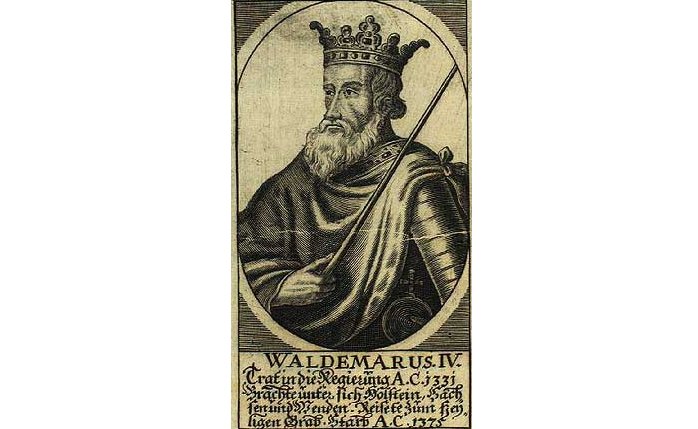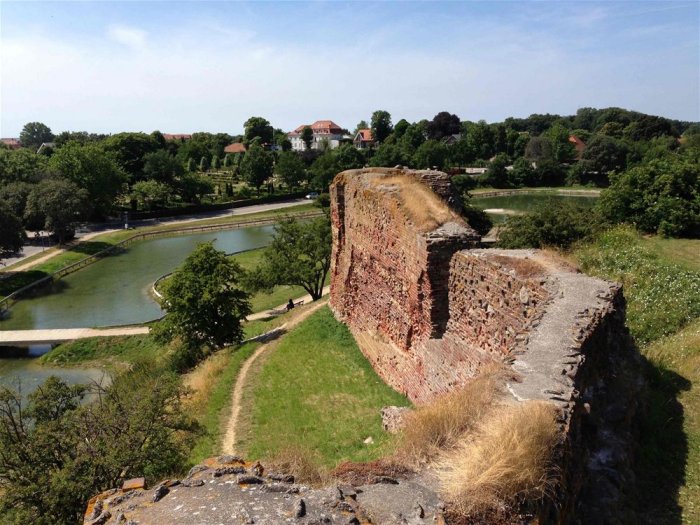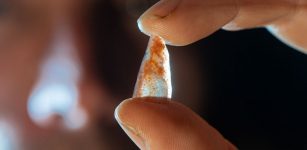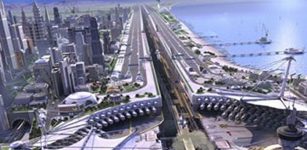Mysterious Grave Of King Valdemar IV Atterdag – Will The 600-Year-Old Historical Puzzle Ever Be Solved?
Ellen Lloyd – MessageToEagle.com – In 1375, King Valdemar IV Atterdag was put to rest in Vordingborg, Denmark’s’ the biggest royal castle.
For over 600 years scientists and historians have been puzzled by the strange circumstances surrounding his grave.
Before King Valdemar IV died, he expressed that he had the wish to be buried in the Vordingborg Castle.
Yet, for some unknown reasons, his daughter, Margaret I asked the Pope for permission and moved Valdemar Atterdag’s tomb from its original place in 1377 to the abbey in Sorø instead.
Valdemar IV was one of the most important kings in Denmark. Atterdag means “Dawn of a new day” and in many ways, this powerful King was the beginning of a new era.

He reigned between 1340 – 1375 and when he ascended the throne, Denmark was a much-divided country. He successfully managed to unite the country and bring all the people together.
King Valdemar IV Atterdag lived during a time when kings’ burial places had special symbolic significance. Royals were often buried in Danish churches or cathedrals, so why was his resting place moved?
Danish archaeologist and research assistant at the University of Aarhus, Lars Sass Jensen is trying to get to the bottom with this historical mystery. One of his goals is trying to solve the reason why the greatest king in Denmark was transferred from the biggest castle in the country to a small monastery.
Vordingborg was at that time the most important fortress in Denmark and since Valdemar began to re-conquer Denmark in 1341, it was the first castle, he would redeem Zealand. This shows this particular castle was of great importance to him, Jensen said.
Jensen believed King Valdemar IV Atterdag saw the Vordingborg Castle as a monument of himself, which is the reason why he wanted to be buried there.

The Danish king was inspired by a North German order, whose knights, were also buried in their main strongholds.
The King visited the knighthood of the Teutonic Order in 1346 in connection with the sale of Estonia.
Northern Germany was of a special significance to the Danes and Vordingborg Castle was strategically located close to the sea. This helped raids as well as trades.

“King Valdemar Atterdag’s choice of burial place is perhaps the most direct sign of inspiration from the Teutonic Order,” Jensen said.
So why would his daughter defy his wishes to move the grave to Soro Abbey Church in 1377?
According to Jensen, Queen Margate I sought the Pope’s permission to move her father stating that her parents were reunited, but her mother Helvig, who was and still is buried at Esrom Monastery in North Zealand, was never moved to Sorø.

However, Jensen is not convinced this was the real motive. In his opinion the King’s tomb was deliberately moved for political reasons.
By moving King Valdemar from Vordingborg to Soro, the great castle lost a lot of its symbolic importance.
“I’m sure that there must have been a good reason why she did as she did,” said Birgitte Bøggild Johannsen researcher at the National Museum and a contributor to the book “Danish Royal Tombs’.
The Vordingborg castle tells a remarkable story of kings and power in medieval times. The great castle never entirely lost its significance and remains the town’s great attraction.
The case of King Valdemar’s grave remains unsolved, at least for now.
Written by – Ellen Lloyd – MessageToEagle.com
Copyright © MessageToeagle.com All rights reserved. This material may not be published, broadcast, rewritten or redistributed in whole or part without the express written permission of MessageToeagle.com
Related Posts
-
 Tiny Points Made By Homo Sapiens 54,000 Years Ago Found In Mandrin Cave
No Comments | Feb 27, 2023
Tiny Points Made By Homo Sapiens 54,000 Years Ago Found In Mandrin Cave
No Comments | Feb 27, 2023 -
 Why Is La Ferrassie Man A Unique And Famous Neanderthal?
No Comments | Nov 27, 2023
Why Is La Ferrassie Man A Unique And Famous Neanderthal?
No Comments | Nov 27, 2023 -
 Great Pyramid Puzzle: Missing 5,000-Year-Old Piece Of ‘Dixon Relics’ Accidentally Found
No Comments | Dec 17, 2020
Great Pyramid Puzzle: Missing 5,000-Year-Old Piece Of ‘Dixon Relics’ Accidentally Found
No Comments | Dec 17, 2020 -
 Enigmatic Ancient Sky Caves Of Nepal – Their Purpose And Builders Are Unknown
No Comments | Mar 14, 2014
Enigmatic Ancient Sky Caves Of Nepal – Their Purpose And Builders Are Unknown
No Comments | Mar 14, 2014 -
 When Will Humans Join The ‘Galactic Club’?
No Comments | Oct 8, 2015
When Will Humans Join The ‘Galactic Club’?
No Comments | Oct 8, 2015 -
 Abu Simbel – Spectacular Ancient Egyptian Temples Unique In Design And Size
No Comments | Jun 13, 2021
Abu Simbel – Spectacular Ancient Egyptian Temples Unique In Design And Size
No Comments | Jun 13, 2021 -
 Our Lives Have Always Been Manipulated By Money – Part 3
No Comments | Apr 5, 2016
Our Lives Have Always Been Manipulated By Money – Part 3
No Comments | Apr 5, 2016 -
 Dozens Of Elongated Skulls Unearthed In An Ancient Hungarian Cemetery Shed New Light On The Fall Of Rome
No Comments | May 14, 2025
Dozens Of Elongated Skulls Unearthed In An Ancient Hungarian Cemetery Shed New Light On The Fall Of Rome
No Comments | May 14, 2025 -
 Is A Gigantic Ancient City Hidden Underwater In The Bermuda Triangle?
No Comments | Jul 8, 2014
Is A Gigantic Ancient City Hidden Underwater In The Bermuda Triangle?
No Comments | Jul 8, 2014 -
 What America’s First Board Game Can Teach Us About The Aspirations Of A Young Nation
No Comments | Aug 5, 2024
What America’s First Board Game Can Teach Us About The Aspirations Of A Young Nation
No Comments | Aug 5, 2024
